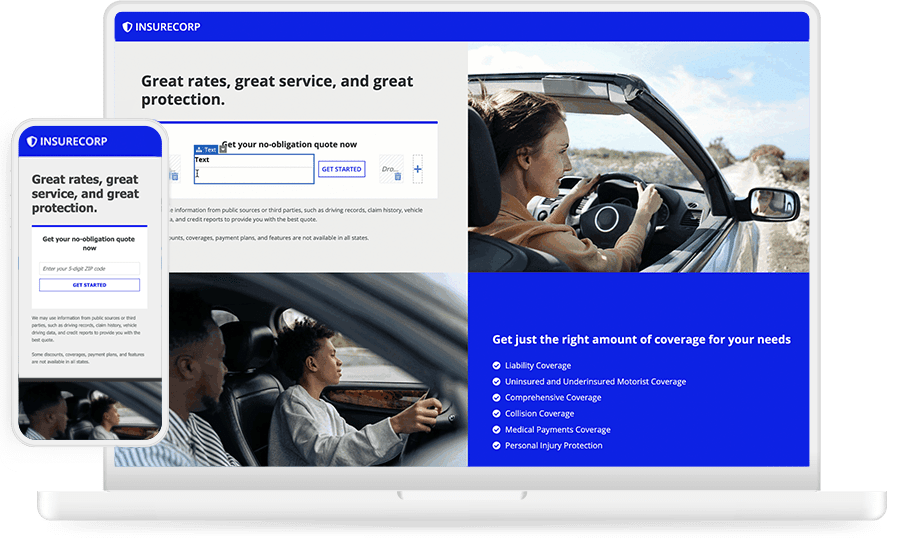Low-code is evolving. With new developments in no-code (NC) travelling in the same direction as low-code (LC) and both disciplines now aiming to extend their influence into wider process automation technologies across both human and machine workflows, there is much to keep track of.
In its position as a stalwart and (arguably) something of a vanguard developer in this space, Appian has now extended the scope of its core platform with a new update.
Notably and logically, Appian has embraced (if not championed) the process-centricity that low-code needed to extend to. The Appian Platform for process automation (the clue really is in the name) is a new iteration of the company’s core technology proposition with enhancements to its data fabric, automation and process mining approaches.
What is process automation?
But what do we mean by process automation in this sense and, come to think of it, aren’t all low-code actions simply part of wider workflow processes by default?
The truth is no, not all actions relating to any software application automatically fall into any instance of process automation management. This is because any holistic approach to process automation coalesces the combined triumvirate of information (data) centralisation; process mining, auditing and classification; plus a wider effort to reduce human intervention. When all of these spheres of process automation are brought together, they can reduce operational errors and increase transparency across any given enterprise.
Or to put it another way, this is automation of entire work systems, not just tasks – which is exactly as the company is stating it.
“Organisations must go beyond applications that provide automation at the task level and begin implementing process orchestrations that unify humans, systems and digital workers,” said Michael Beckley, Founder and CTO at Appian. “Appian delivers the end-to-end process control organisations need to design new digital solutions, automate complex processes, and optimise business operations to drive continuous improvement.”
Are you (total) experienced?
The company now says that enhancements to Appian Portals extend the ‘total experience’ benefits across business-to-business and business-to-consumer use cases. In under four weeks, Appian customer AARP built a robust Appian Portals experience to support the Fraud Watch Volunteer program providing support to fraud victims among AARP’s 40 million members.
“We needed a way to accept and process applications from volunteers, and we spent more than 18 months looking for a technology that would enable that while meeting our very strict security requirements,” said Fisnik Shpuza, director of workflow automation at AARP. “Appian Portals gave us everything we needed. It’s secure, it’s beautiful and looks like an AARP web page and it connects all the incoming data directly into our process.”
What is Appian Portals?
The company says that this service is the ‘front door’ to Appian applications. It connects external users to information and processes already in Appian and enables developers to use low-code to build public websites that are conveniently connected to Appian applications. One of the main benefits of Appian Portals (says Appian) is that developers can use a single platform to build both the external and internal sides of applications.
The new release from Appian claims to make it easier to build web and mobile portals that engage external users. New features include Start Process from Portals, a service that allows software developers and process automation specialists to start any process automation directly from an Appian Portals interface. Appian customers can initiate end-to-end process automations directly in a Portal enabling orchestration of AI services, assigning human tasks or executing robotic process automation.
Appian Data Fabric
The Appian Data Fabric unifies data across systems without moving the data, dramatically reducing the time needed to build powerful applications. The latest Appian release includes enhancements that make working with the Data Fabric easier, including a Centralised Record Security function. This enables users to secure all aspects of records in one place and specify who can see which records and record views and what actions they can take.
Low-code continues to show us it is evolving and Appian’s work in this space is among the most expansive in terms of its engineering scope, the breadth of its functions and the size of customer implementations.
From this point we’re expecting to see low-code increase its security functionalities (Appian did indeed include no-code security rules functions in this announcement), but perhaps even more importantly, there needs to be an even greater drive to simplify these tools (yes, Appian’s Data Fabric now features drag-and-drop record type configurations in exactly that regard) and so move us towards not just automation, but automation into a world where auto-generation, self-optisation and updates all happen alongside codeless data modeling.
Your spellchecker might still tell you automations (plural) is a mistake, but it’s really not.
